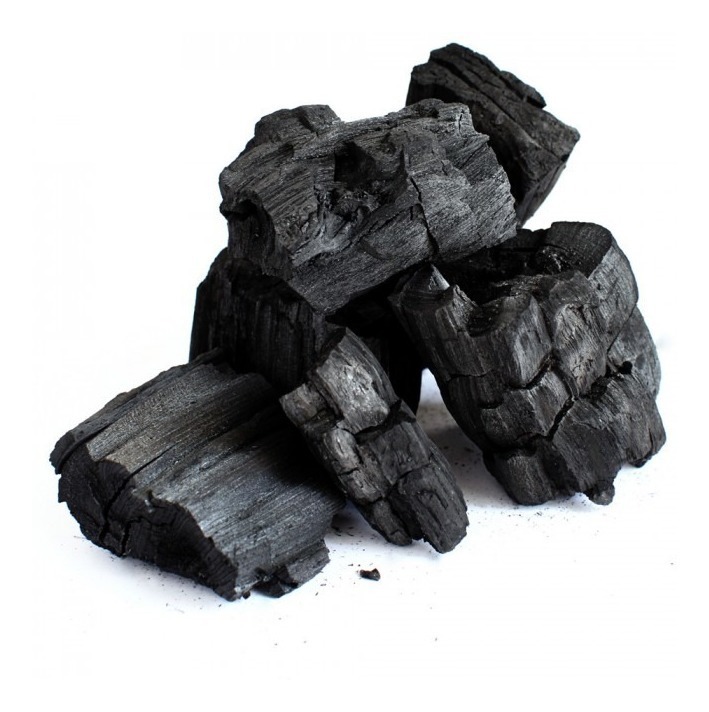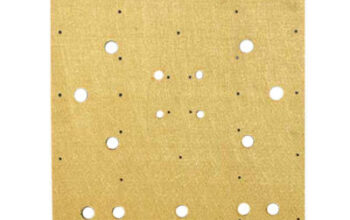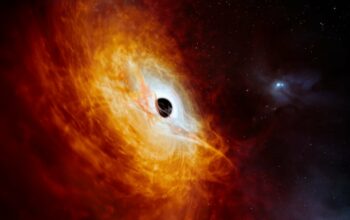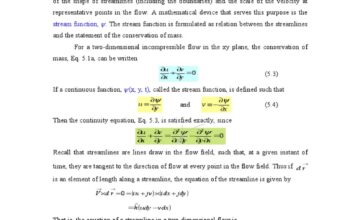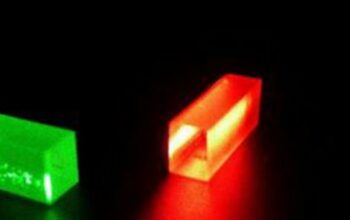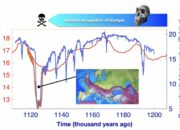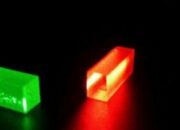Carbon dating, a method steeped in scientific ingenuity, serves as an invaluable tool for unraveling the timelines of our planet’s history. It allows researchers to ascertain the age of ancient biological materials, providing fascinating glimpses into eras long past. But have you ever pondered the intricate mechanisms underpinning this technique? What if a seemingly minor flaw in its structure could lead to significant discrepancies in dating ancient artifacts? This premise invites us to explore the wretchedly beautiful complexities of carbon dating, unlocking the enigma of our very own ancient clocks.
At its core, carbon dating, or radiocarbon dating, operates on the principle of radioactive decay. The carbon isotope 14 (¹⁴C) is of paramount importance in this equation. Formed in the upper atmosphere when cosmic rays interact with nitrogen, this isotope is subsequently absorbed by living organisms during their lifetimes—through respiration, food intake, or other biological processes. Upon the demise of an organism, however, the once stable equilibrium is disrupted; ¹⁴C begins its relentless march toward decay, transmuting into nitrogen 14 (¹⁴N) through beta decay. This transition, notable for its half-life of approximately 5,730 years, acts as a celestial timer, bestowing researchers with the ability to measure elapsed time since death.
But what happens when one introduces variables into this seemingly pristine methodology? Although carbon dating is esteemed for its accuracy within the range of up to about 50,000 years, certain challenges can arise. One pressing issue lies in the calibration of results. The initial concentration of ¹⁴C in the atmosphere has been shown to vary over millennia due to factors such as solar activity, nuclear testing, and even industrial processes. Consequently, the accuracy of dating becomes contingent not only on the decay of ¹⁴C but also on the understanding of past atmospheric conditions. Calibrating radiocarbon dates involves comparing them to a range of datasets, including dendrochronology and marine sediment records, demanding meticulous accuracy.
Moreover, the types of materials analyzed can further complicate the equation. Ideally, carbon dating is performed on organic specimens, such as wood or bone. However, materials containing minimal or contaminated carbon—such as marine organisms or artifacts treated with preservatives—can yield deceptively young or old age estimates. This inherent limitation necessitates cautious sampling methods and rigorous preparation protocols to mitigate the likelihood of contamination, raising the stakes in the pursuit of age accuracy.
In light of these challenges, a paradox arises: can the modern scientist trust the very clocks they endeavor to wind? While the methodology of carbon dating has hinted at landmines, the potential for human error remains not just a theoretical prompt but a genuine concern in fields ranging from archaeology to paleontology. Dating an ancient artifact, then, demands a blend of art and science—a meticulous balancing act performed by craftspeople skilled in interpreting the nuanced dialogue between technology and material.
Consequently, researchers must embrace a multi-faceted approach while leveraging advanced methodologies to increase precision. Innovations such as accelerator mass spectrometry (AMS) offer enhanced sensitivity. This technique allows scientists to analyze minuscule samples, significantly improving accuracy. By counting individual carbon isotopes rather than relying solely on decay rates, AMS bears the promise of greater certainty amidst unpredictability.
Moreover, the exploration of alternative isotopic geochronology advances broader horizons. Techniques employing isotopes of potassium-argon, uranium-series, and luminescence dating complement carbon methodologies, providing a more comprehensive understanding of temporal frameworks. In this manner, researchers liberate themselves from the strict confines of carbon dating—a formidable endeavor to chronicle the human experience and natural history in its entirety.
Yet, as we continue to refine these complex techniques, we must also recognize the philosophical implications woven into the fabric of carbon dating. If carbon dating bestows a numerical value upon ancient artifacts, what does that mean for our understanding of history? It invites us, perhaps provocatively, to question the malleability of time itself. Are we merely tracing shadows of the past, seeking clarity where there may only be ambiguity? Time, after all, is an illusion, an abstract construct crafted by human perception.
In summary, carbon dating persists as a crucial instrument in the toolkit of researchers wielding knowledge of antiquity. Although challenges abound—from fluctuations in atmospheric ¹⁴C levels to complexities inherent within the samples analyzed—the persistent quest to derive truth from time continues unabated. While the future of carbon dating remains constantly evolving, propelled by technological advances and enhanced methods, the interplay between decay and calibration introduces a playful inquiry into our perception of temporal constructs. Consequently, the profound significance of carbon dating is starkly illuminated, highlighting its pivotal role in helping us unlock the ancient clocks of our world.
